Summary and Key Points: Russia’s ambitious plan to modernize and expand its Tu-160 bomber fleet into the upgraded Tu-160M2 variant faces critical obstacles.
-Initially aiming to modernize 16 aircraft and produce 50 new units with advanced avionics, the program slowed significantly due to resource constraints from the Ukraine war and Western sanctions on critical electronic components.
-Despite claims of parallel development with the stealthy PAK DA bomber, industry experts doubt Russia has sufficient skilled personnel and industrial capacity to manage both programs simultaneously.
-Given these challenges, the Tu-160M2 upgrade appears driven by practicality and necessity rather than strategic preference, complicating Russia’s future bomber strategy.
The Russian Tu-160M2 Bomber Challenge Explained
In June 2015, Moscow officials declared that Russia’s fleet of Tuplolev Tu-160 bombers was about to grow dramatically in both quality and size.
Sixteen existing aircraft would be completely overhauled and fitted with all-new onboard systems. Another 50 aircraft would be constructed from the production line at the Kazan Aviation Production Association plant where the aircraft was originally built.
At least two of these new models would be built from partial sections and leftover components from the 1980s production line.
The Tu-160M2
Russian Deputy Defense Minister for Procurement Yuri Borisov told news outlets during the 2015 announcement that the product of this effort would essentially be a new aircraft. This was partially due to the proposed new on-board systems, which would be several generations beyond the 1980s-era avionics suite of the original Tu-160 design.
This aircraft in its upgraded configuration, as well as any new-build types “would both be designated the Tu-160M2,” he said, and that “according to our plans, this will most likely happen sometime after 2023.”
The first new-build aircraft that were not assembled from any off-the-shelf components took flight in January 2022, roughly six weeks before Russia’s invasion of Ukraine. Work has since slowed, due to the need for resources to be put into other aviation-related programs, and to sanctions that have barred the import of foreign electronic components used to configure the on-board systems.
Rationale for Modernization of the Tu-160
But why would Russia make a major effort to upgrade this platform, and why would it want dozens more of these planes?
It would seem to make little sense, considering the drive to manufacture the next-generation, flying wing-type bomber designated PAK DA to be the backbone of Russia’s long-range aviation force.
There are two reasons.
First, while Russia touts the PAK DA as equal to the US B-21 Raider, the odds it will be built are low. The technologies and production disciplines required for this program are seen by many as too far off in the future for the PAK DA to move forward.
Original planning called for this aircraft to be assembled on the same production line as the Tu-160M2, which is a near impossibility.
Second, there are too few experienced personnel in Russia for these two aircraft to be manufactured at the same time. When plans for the Tu-160M2 were announced, the chief of staff of the Russian Air Force, Col. Gen. Viktor Bondarev, said the programs would have no negative impact on each other.
But, as a senior engineer in the U.S. defense industry told me at the time, “it begs credibility to believe that two very different types of aircraft—one a stealthy, blended wing-body and the other a traditional air frame design with a variable-sweep wing—could be built on top of one another without adversely affecting both.”
Further, the Russian defense-sector workforce is only a small fraction of its former, Soviet-era size, reducing its ability to engage in any serious aircraft design and production. Many personnel have retired and not been replaced, and there have been deep reductions in the Russian defense sector itself. The workforce at the most critical design bureaus is estimated at less than 10 percent of sector’s apex in the 1980s.
As one long-time Russian analyst of the aerospace and defense sector told 19FortyFive, “the numbers of people within what remains of the aircraft R&D sector are only enough to conduct upgrade or modification programs. There is no way that these small numbers of people can design or build something new—even if all of them are geniuses.”
Tu-160: A Photo Essay
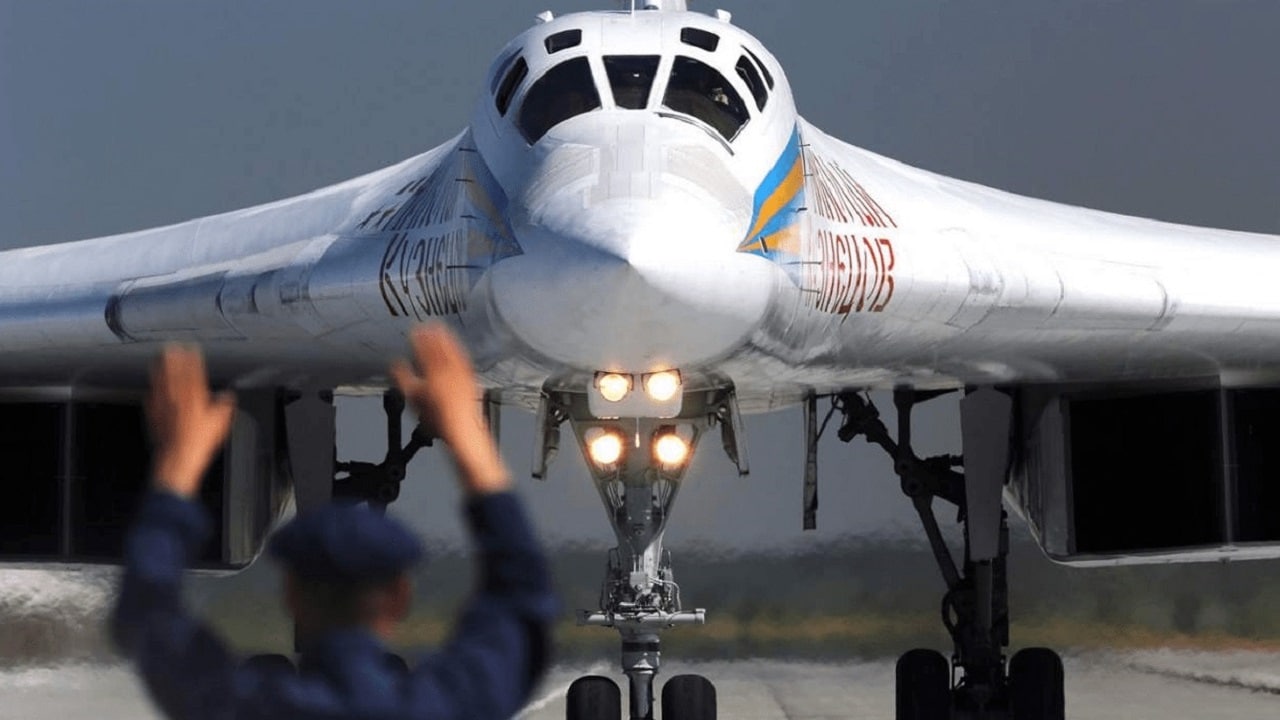
Russian Tu-160 bomber. Image Credit – Creative Commons.
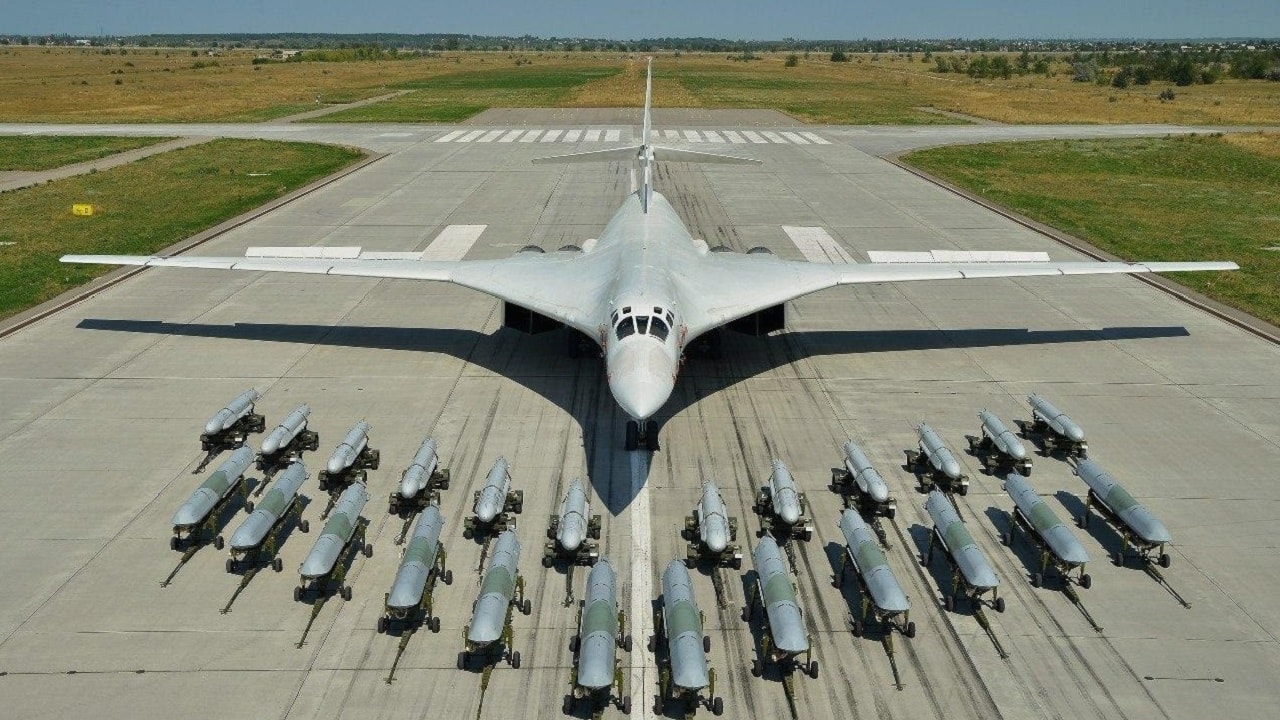
Russia’s Tu-160 bomber. Image Credit: Creative Commons.

Tupolev Tu-160 at the 2013 Moscow Victory Day Parade.
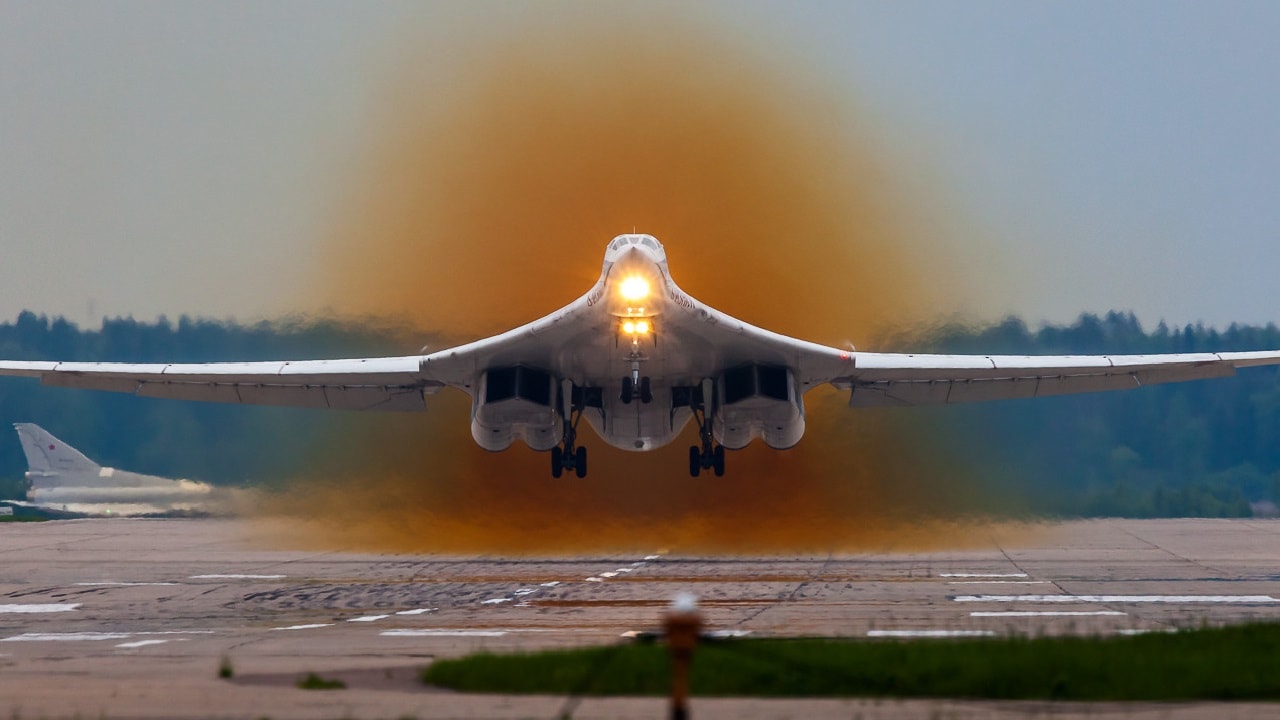
Russian Air Force Tupolev Tu-160 (RF-94113) takes off from Kubinka.
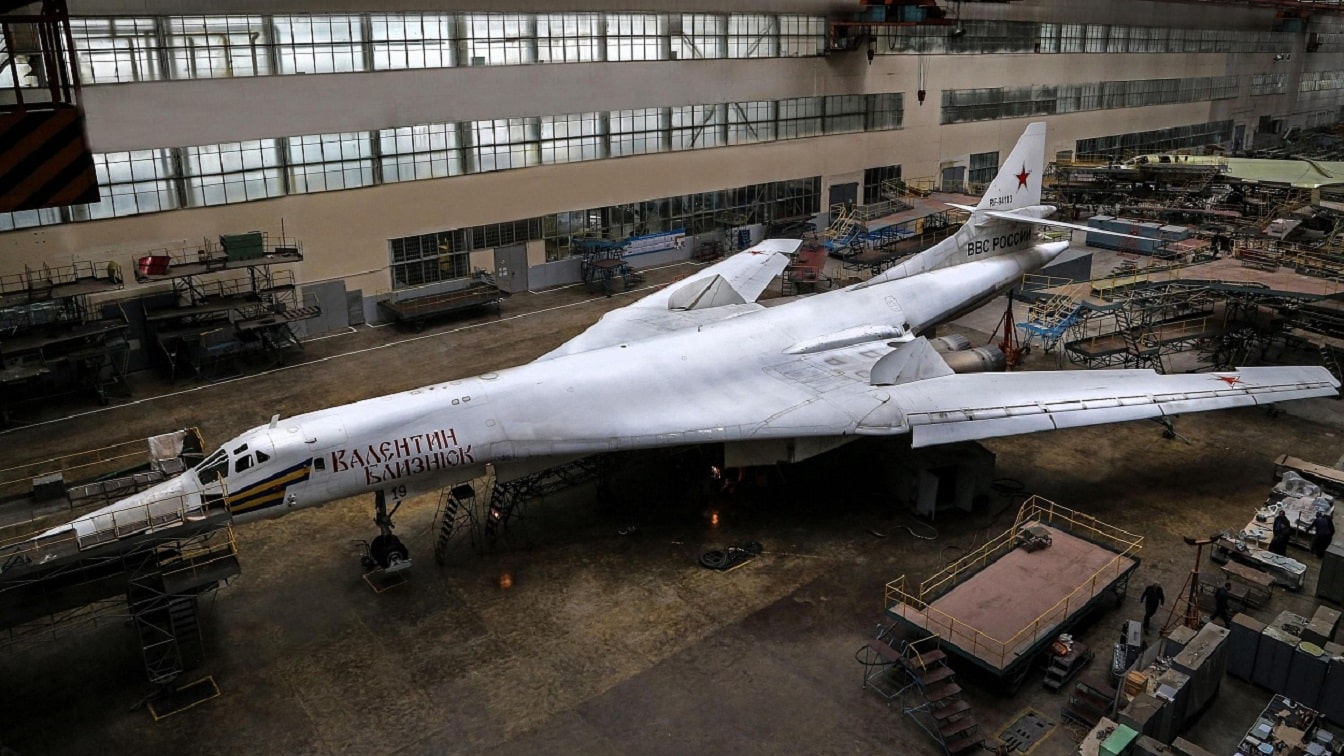
Tu-160 Bomber. Image Credit: Russian Government.
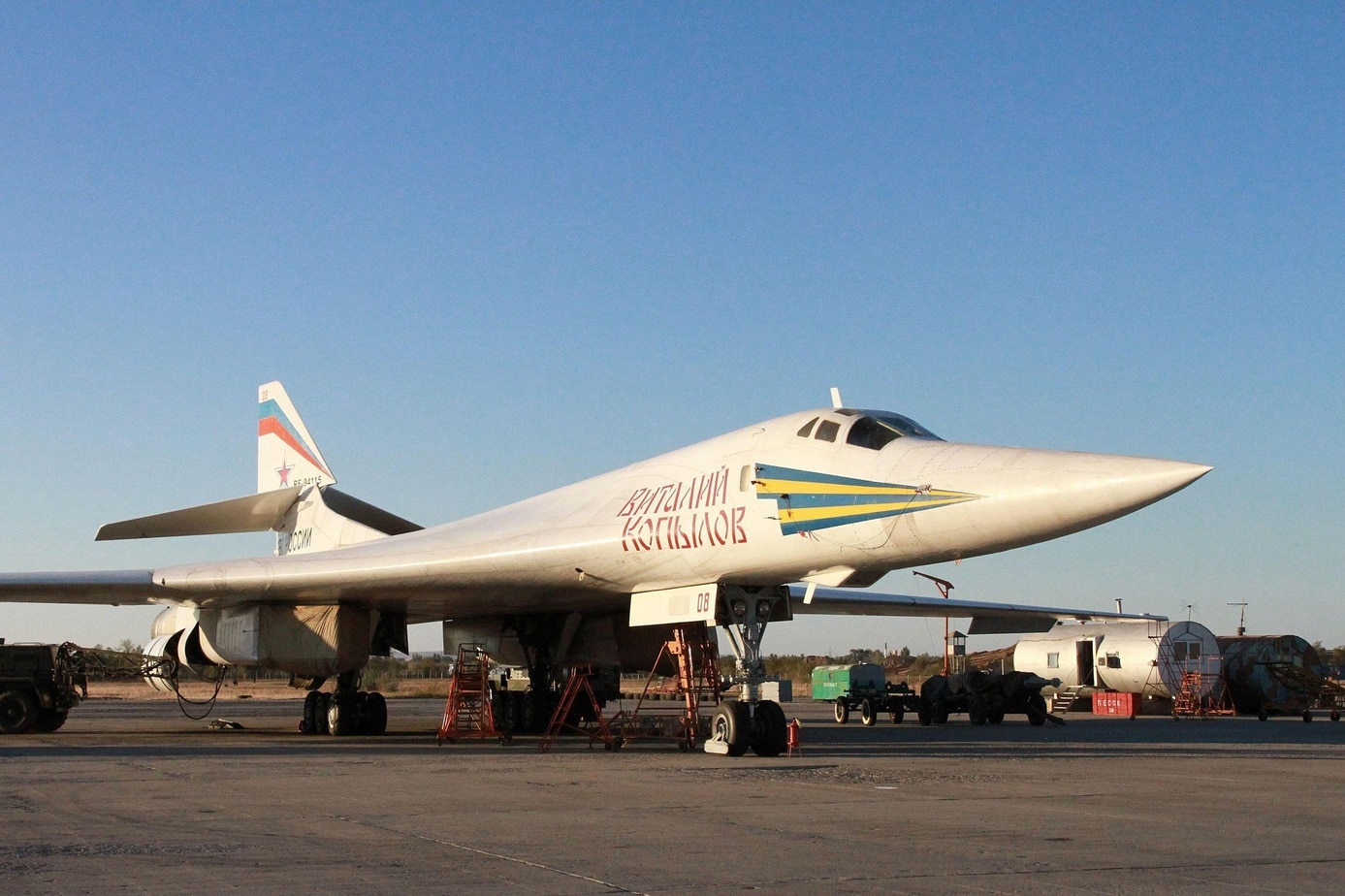
Tu-160 Bomber. Image Credit: Russian Government.
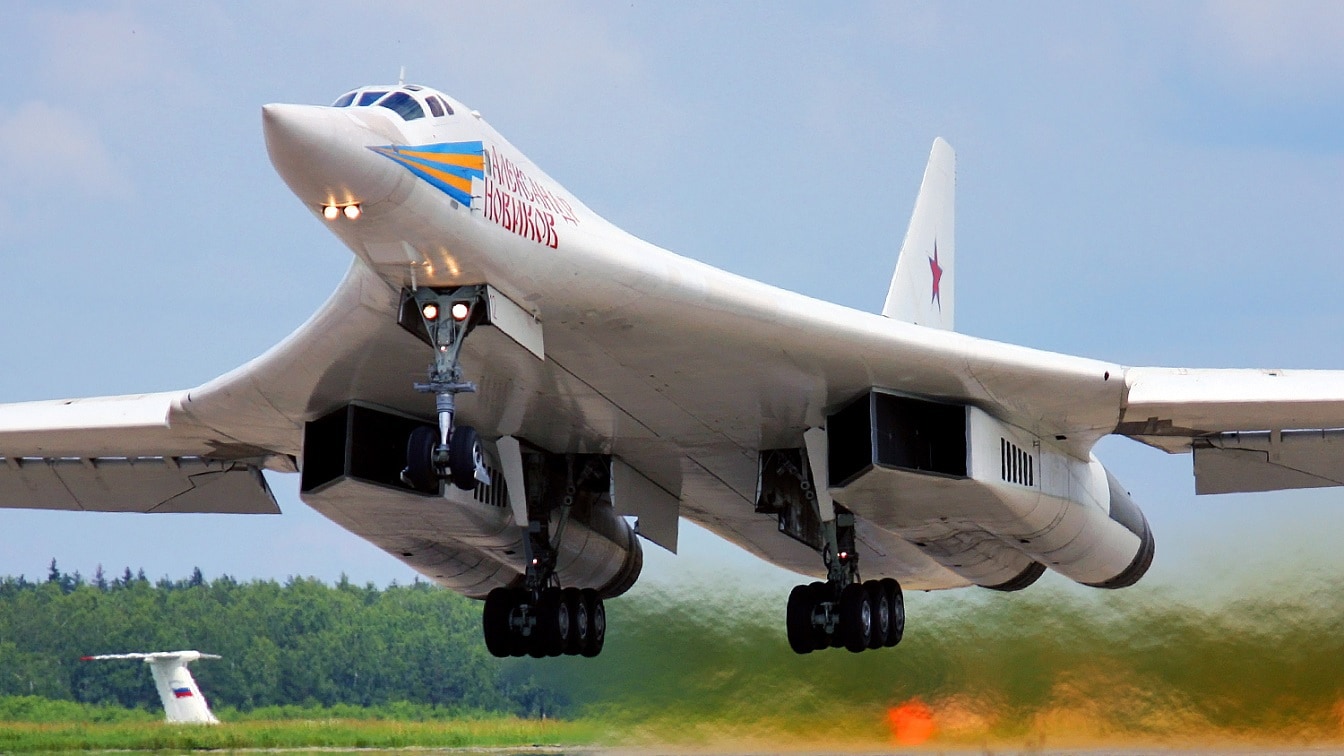
Russian Tu-160 Bomber. Image Credit: Creative Commons.
About the Author: Reuben F. Johnson
Reuben F. Johnson is a survivor of the February 2022 Russian invasion of Ukraine and is now an Expert on Foreign Military Affairs with the Fundacja im. Kazimierza Pułaskiego in Warsaw. He has been a consultant to the Pentagon, several NATO governments and the Australian government in the fields of defense technology and weapon systems design. Over the past 30 years he has resided in and reported from Russia, Ukraine, Poland, Brazil, the People’s Republic of China and Australia.

